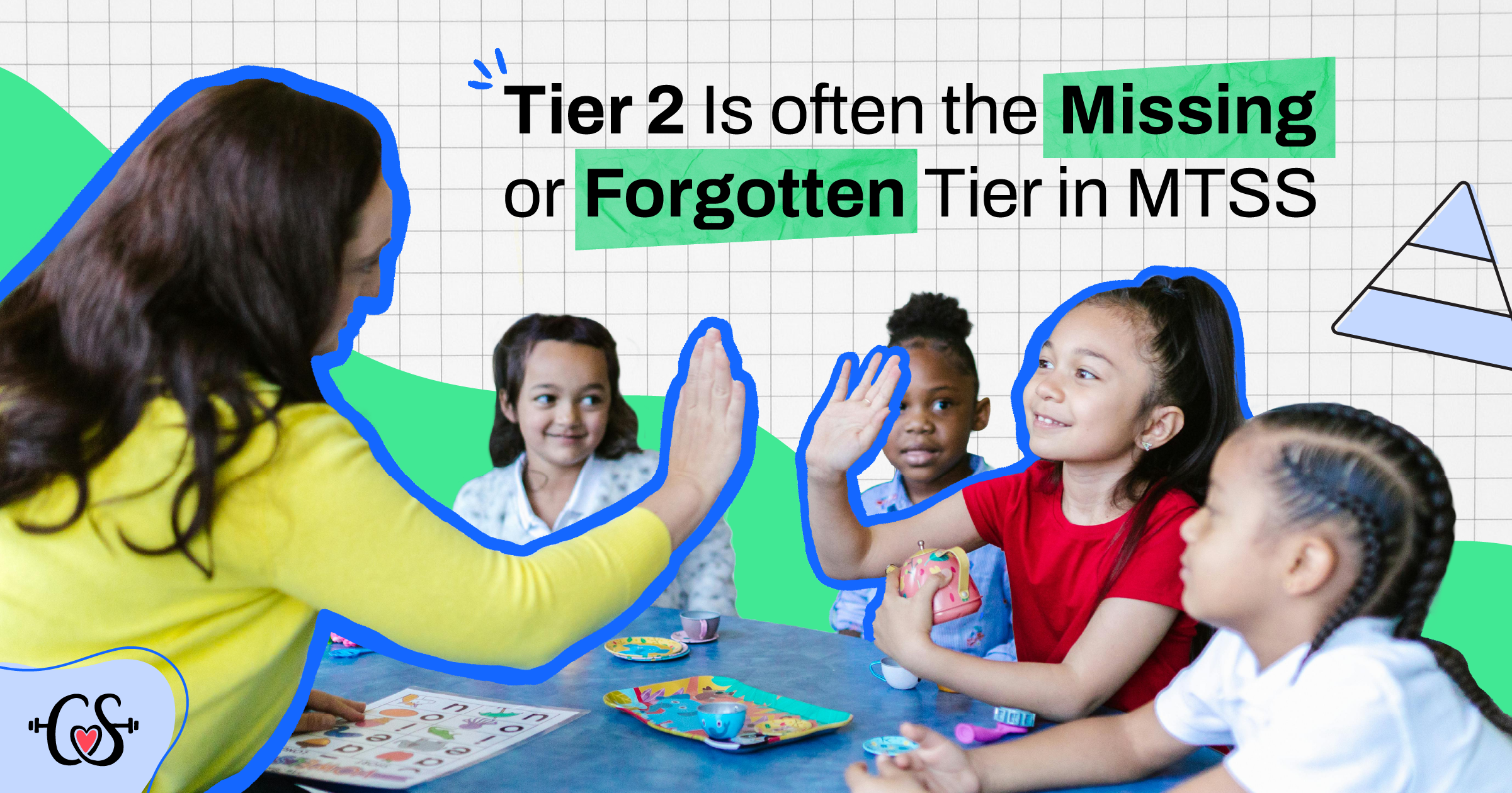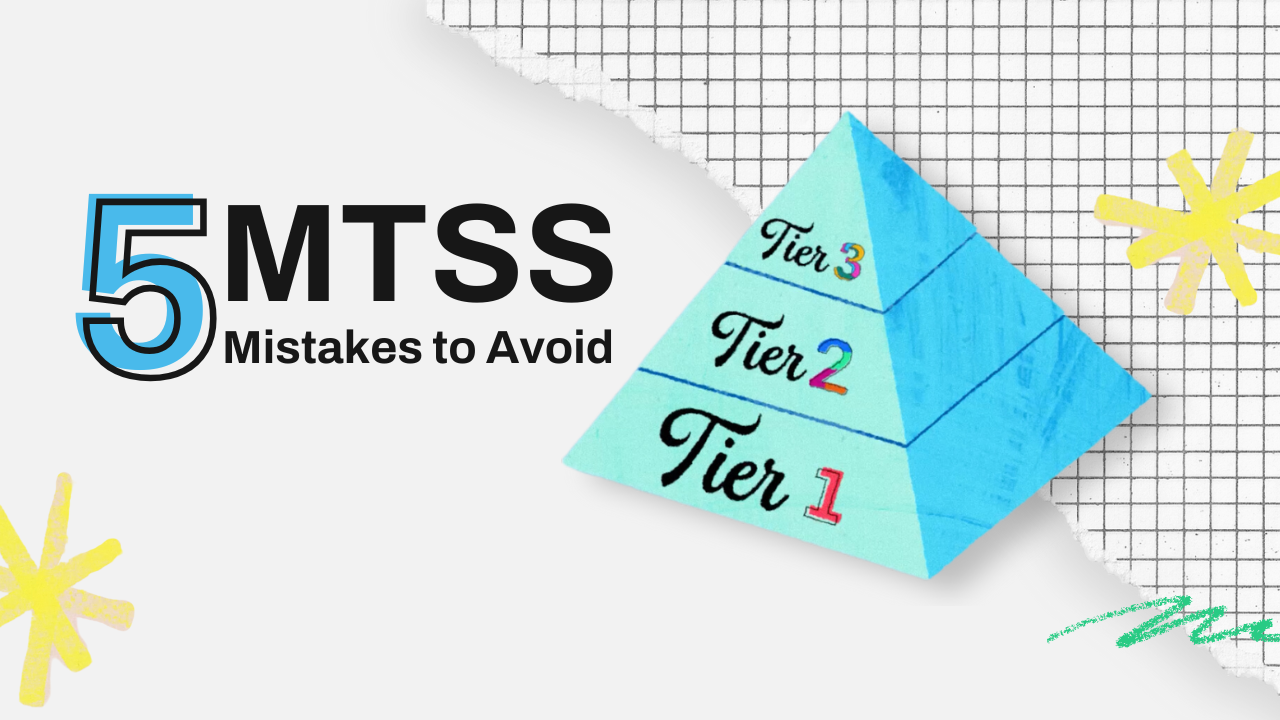Mental Health Literacy and Why It Matters in Schools
Educators play a crucial role in student well-being. But how can we effectively support students when we don't fully understand the emotional landscape they navigate? This is where mental health literacy comes in.
Mental health literacy equips educators with the
This is particularly important given the worsening trends in youth mental health in
A Lack of Awareness is a Significant Barrier
A significant challenge in fostering student well-being is the lack of awareness surrounding mental health conditions within the school environment. This deficit can manifest in several ways, creating invisible hurdles that prevent students from receiving the support they need to thrive. Let's explore how a lack of mental health literacy can impede
-
Blind Spots: There may be a lack of knowledge about the prevalence of mental health concerns in the general population. Without awareness of common mental health signs and symptoms, educators might miss crucial
risk factors . A student struggling with anxiety might be seen as disruptive, while depression symptoms could be misinterpreted as laziness - bothnegatively impacting their academic performance. This lack of understanding delays getting students the proper support and appropriatecare . -
Silence and
Mental Health Stigma : Students themselves might not be aware they're experiencing amental health condition . They might not recognize the symptoms or feel comfortable talking about them due to fear of judgment. Negative attitudes from educators or families may contribute to the stigma and silence. This silence makes it difficult for them to seek help. -
Untapped Resources: Many schools have fantastic resources available, like counselors or peer support groups. But if students and educators aren't aware of these resources, they can't utilize them. This creates a missed opportunity for students to get the
mental health services they deserve. -
The Cycle Continues: The longer a student goes without support, the worse their struggles can become. This can lead to academic decline, withdrawal from social activities, and even thoughts of self-harm.
Early intervention is key, and lack of awareness can prevent that from happening.
Learn more about our On-Demand PD
How Mental Health Literacy Empowers Educators
-
Early Detection: Mental health literacy helps educators recognize signs and symptoms of common
mental health problems that can manifest as behavioral issues or disengagement. This understanding allows for a more empathetic approach, fostering connection and support, instead of frustration. -
Untapped Potential: The Dual Continua Model (Tudor, 1996; Keyes, 2005) highlights how students can experience
mental health issues alongsidepositive mental health and well-being. Mental health literacy empowers educators to see beyond surface behaviors and identify underlying strengths and resilience. -
Building a Support System: Mental health literacy fosters a culture of
help-seeking behavior . Students who see their teachers demonstrating mental health awareness are more likely to feel comfortable seeking support and help from educators, family members, andprofessional help frommental health experts . -
Breaking Stigma: Mental health literacy combats the stigma surrounding mental health. By openly discussing
mental well-being , educators create a safe space for students to gain awareness and seek help without fear of judgment in theireveryday life .
Download our Mental Health Literacy Guide
Building Mental Health Strengths: Tools for Success
Mental health well-being flourishes through the interplay of supportive environments and internal strengths. Supportive environments provide structure, build positive relationships, and create opportunities that cultivate purpose. These, in turn, foster the development of internal strengths, such as resilience and coping mechanisms. When students can leverage both internal and external resources, they are better equipped to thrive in diverse academic and personal settings.
Here are some key mental health strengths, skills, and tools that educators can help students develop:
-
Emotional Regulation: Emotional regulation requires an understanding of emotions, how emotions show up in one's thoughts, feelings, and behaviors, and how to use specific skills to manage the emotion or accept the situation that caused the emotion. These skills empower students to make helpful and healthy choices.
- Examples: Mindfulness practices, relaxation techniques, identifying activating situations, healthy expression of emotions.
-
Social and Relationship Skills: Social and relationship skills enable students to establish, maintain, and restore relationships with others. These skills include initiating and sustaining meaningful conversations, actively listening, using positive greetings and affirmations, showing empathy, and recognizing nonverbal cues. Additionally, conflict resolution skills are crucial as conflict is inevitable.
- Examples: Communication skills, active listening, teamwork, empathy, problem-solving, conflict resolution.
-
Executive Functioning: Executive functioning skills help with things like following and remembering directions, staying organized (tasks, time, and space), maintaining focus until completing a task, controlling impulses, adapting to situations, and delaying gratification.
- Examples: Time management, organization skills, planning and goal setting, impulse control, focus and attention.
Get the Mental Health Literacy Guide
Prioritizing Mental Health Training
CharacterStrong's MTSS resources are designed to be efficient and integrate seamlessly into existing curricula, addressing the challenge of time constraints. We offer a variety of professional development options to equip educators with the knowledge and skills they need to support student mental health, one in particular being our Mental Health Literacy On-Demand Professional Development course.
By prioritizing mental health literacy and fostering supportive environments, educators can create a positive impact on student mental well-being.
Reflection Questions:
- Have you encountered situations where a student's behavior masked underlying strengths?
- What barriers do you see to providing access to mental health literacy and skill development in your school?
- How can educators use the Dual Continua Model to identify student potential?


